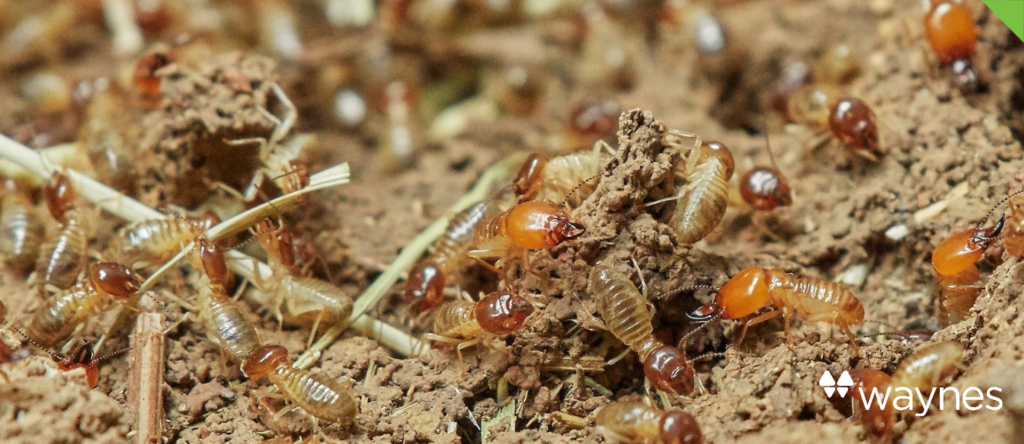Weeds are a nuisance to those who work hard to make sure their garden and lawn are always beautiful. They pop up out of nowhere. And when you get rid of one, here comes more!
There are two types of weeds, annual and perennial weeds, and each requires a different approach. If you wonder why weeds are overtaking your lawn, you might be using the wrong prevention and control method. Waynes Service Professionals have created a guide to the two types of weeds so that you’re sure you’re handling them correctly.
Annual Weeds
How to Identify Them
Annual weeds grow from seeds and die after growing for about a year. They usually make their way into your lawn and garden with the assistance of small animals like birds and squirrels. There are several types of annual weeds. Here are some common examples:
- Crabgrass
- Lambs-quarters
- Pigweed
- Nettle
- Bindweed
- Chickweed
- Purple deadnettle
Annual weeds are divided into two groups, cool-season weeds and warm-season weeds. Cool-season weeds can sprout anytime between fall and spring. Warm-season weeds start growing in spring and continue throughout the growing season, although you might notice them diminishing as the growing season progresses.
Control and Prevention Methods
Pulling visible weeds every week or so is one method for controlling annual weeds. Pre-emergent herbicides are the best way to keep weeds from establishing and becoming visible, but timing is crucial to these products. Application should be weeks before soil conditions get right for germination. If you applied after weeds become visible, you have missed the window for these products to be the most efficient. It is always best to let a lawn care service professional do it who knows how to properly time application.
Perennial Weeds
How to Identify Them
Perennial weeds are more difficult to control than annual weeds. They survive year after year and can spread through both seeds and roots. They are so hearty they can reproduce if you leave the tiniest piece of a root in the ground. Here are a few examples of perennial weeds:
- Poison ivy
- Dandelion
- Ground ivy
- Thistle
- Plantain
- burdock
Control and Prevention Methods
Whatever you do, don’t hoe or till perennial weeds! Pulling them carefully, by hand, is the better option. You’ll just need to make sure that you remove the ENTIRE root. For weeds that are difficult to remove, post-emergent herbicides are the best solution.
Call Waynes for a Weed-Free Lawn
Weeds can be aggressive, and sometimes you need a little professional help. If you find yourself struggling to keep your lawn pristine, Call Waynes! Start your journey to a weed-free lawn by contacting us today!









